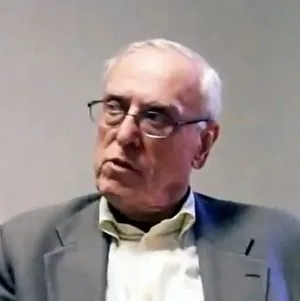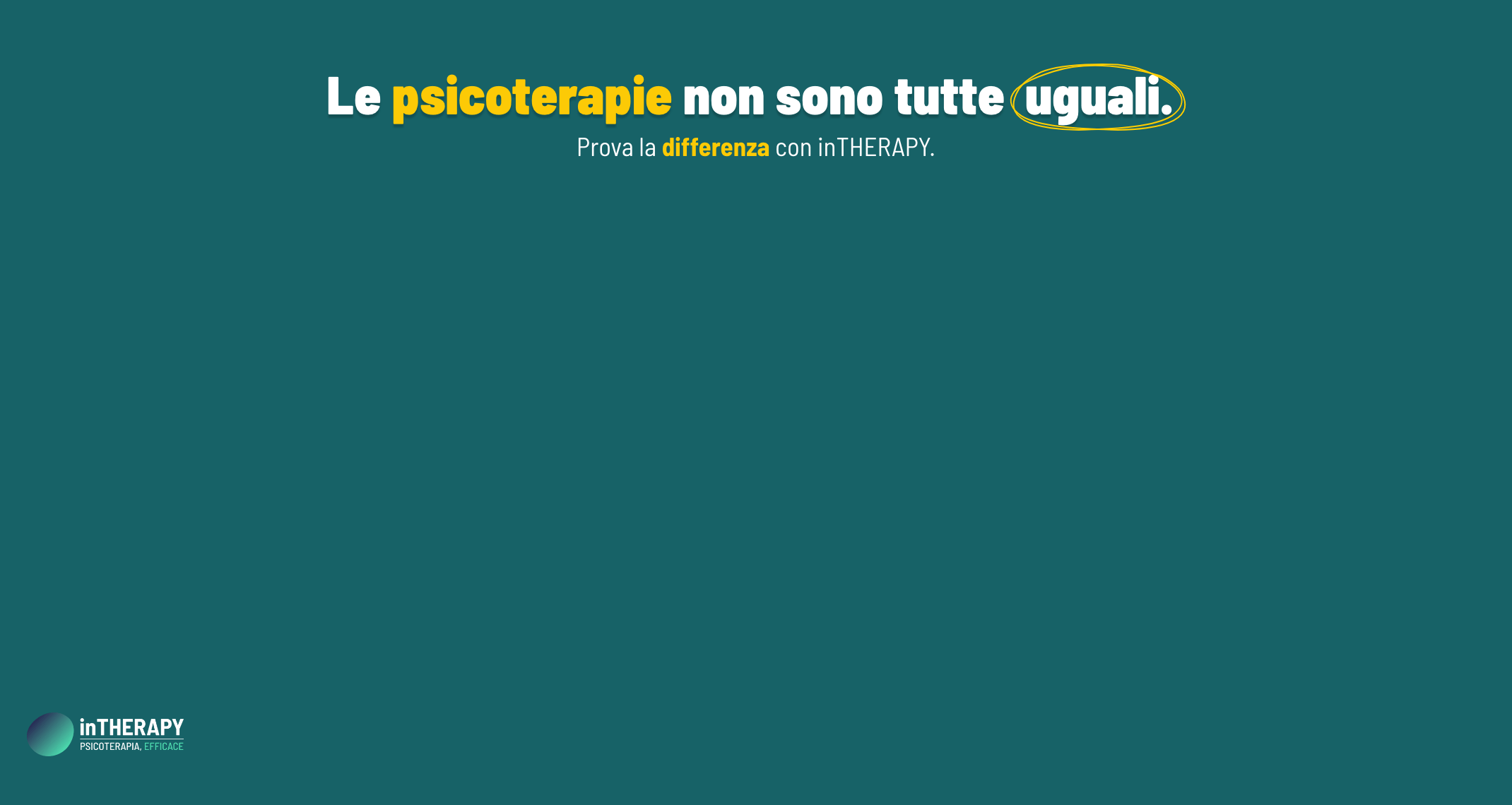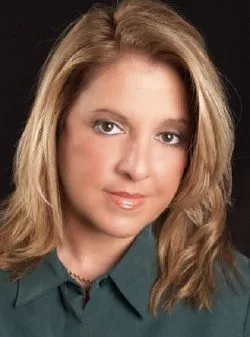State of Mind interviews Dr. Wendy Behary
Founder and director of Cognitive Therapy Institute of New Jersey, The New Jersey Institute for Schema Therapy, Schema Therapy Institute di New York.
We met Dr. Behary in Rome, during her Workshop (June 16th) on Schema Therapy with narcissist patients.
1) When working with difficult patients as narcissist ones, we know how hard it is to set a good therapeutic relationship. What kind of methods do you use to keep in therapy your patients with narcissistic personality disorder?
There are two fundamental aspects in creating and maintaining the therapeutic relationship. The first is to keep the leverage high. So the therapist has to maintain the leverage in the relationship, meaning that the consequences have to be kept very clear or the narcissists will forget why they are there, get frustrated and want to leave therapy. The other is to be as honest and real as possible, get rid of the therapy jargon and just know to be a person who understands them, someone who cares about them and not their unique performance or extraordinary achievements.
2) What are the main obstacles for the changing in a narcissist patient?
A strong detached protector is a great obstacle. These patients deny that have any problems and they have a hard time experiencing those emotions. They can sometimes be too critical of the therapist and therefore the therapist’s schema get activated, making it difficult to maintain a connection with them; especially when the therapist becomes overwhelmed and distracted or the leverage is too low. The therapist may feel under attack and provoked by the patient and may end up reacting in ways that are counter-productive to the therapy.
3) May you tell us something about your new book: Disarming the Narcissist? (the Italian translation is going to be published in a few months)
I’m very excited about the book coming out in Italy. The book was written primarily because I had many patients who were living with narcissistic partners who loved them, who wanted it (the relationship) to work and really wanted to know how to reach their partners in more effective ways, how to begin to look at their own personal schema activation in the process of dealing with them. I was treating narcissists so I was looking at both sides of the equation. This is what inspired the book.

4) What kind of advice would you give to our colleagues dealing with narcissist patients? How can they be able to disarm the narcissist?
Most importantly, to make sure they get good supervision and that they spend some time in self-therapy to identify and heal their own schemas, and learn how to understand and manage their own sensitivity to some of the more difficult issues: aggression, detachment, denial, and resistance. Therapists need to have a solid grip on their own schemas in order to be sturdy, caring, empathic, and persistent with a narcissistic patient. You have to manage your expectations and know that treatment is a process in order to maintain consistency and achieve an adaptive outcome with the narcissist.
5) Do you have any data on the effectiveness of Schema Therapy of Narcissist?
To date, there is no significant data on narcissism. Most of it is anecdotal experiences shared by many therapists over time. Regarding Schema Therapy, there are some studies that are being conducted right now in the Netherlands that include narcissists, and we also have forensic studies being conducted by Dr. David Bernstein and colleagues. We are hopeful that we will be able to see some of our experiences in the affiliated results. Part of the problem with gathering data has to do with your other question which is that a lot of therapists just cannot tolerate being in the treatment room with a narcissist, or they don’t have enough leverage to keep them in treatment. So it is hard to gather the data if you don’t have reliable sample.

6) What do you think is the current development of Schema Therapy in Italy?
I think it’s growing and it’s exciting given that Alessandro Carmelita has exposed people to the model by learning it, becoming certificated himself , bringing it to the country and expanding its exposure throughout Italy. He is getting colleagues and other clinicians excited about this model, and this is wonderful! Bringing more people into our global ST community is fantastic. I am very pleased with Alessandro’s efforts and very impressed with his work in Schema Therapy.
7) In your opinion, what do you think therapists should do to learn how to work with the narcissists?
To learn specifically how to work with them…Well, I have to say that I am biased because I believe Schema Therapy is the most effective way. We have a very rich conceptualization. I think we have a strong understanding of the personality of narcissism and the elements of narcissism across the spectrum. So of course I believe that the best way is to get involved in the training programs to contact someone in our organization about how to get trained in the Model of Schema Therapy and then how to apply it specifically with populations, like narcissists — which are some of the most challenging to work with.

It really is the most important element of your training. it’s not just learning the skills and learning how to conceptualize through assessments but also paying close attention to your own schema triggers in the supervision. It’s very important to have a good supervisor who enables you to role play, to practice, to get the feeling of the intense struggle that comes with working with these patients.
9) Would you like to say something about the DSM5?
I wish I could say something about DSM5 except I think it is still unclear what the direction is going to be. I think part of the motivation behind changing the diagnostic code has to do with the complexity of narcissism that it is a spectrum disorder. I am not sure, but I think they’re trying to capture and illustrate the various elements of narcissism and the different ways in which it shows up. I think it could be an unfortunate consequence if in fact it gets eliminated as a disorder, because it has a very distinct and problematic appearance within our industry. It remains a controversial discussion at this point, with many people weighing in; not sure what will happen.

10) In your opinion, does Schema Therapy follow new discoveries in neurobiology about the functioning of the brain?
I think that Schema Therapy is interested in what is being discovered and shared in the interpersonal neurobiology community. This community supports our basic premise that the implicit activations are occurring through memory channels. They include connections with the amygdala and the limbic centers of the brain, the emotional centers of the brain, that are not just cognitive processes from the prefrontal areas. And this also explains the connection to our survival system which supports our notion of coping modes and the perceived threat to one’s emotional survival — how we flip into a coping mode. So the brain is another way of putting science behind our model, and helping Schema Therapy to become even more elaborated via a scientific (or practical) point of view.
11) May you say something about the changing of the brain functioning using image exercises?
I don’t think we know for sure yet. We’re still speculative about this but there is some data to support changes in firing patterns within the brain after a trauma has been dealt with or a trauma has been healed in the patient. So you see lesser intensity of emotion, you see lesser frequency of activation, and quicker recovery in the overall biologic system for the patient when they are triggered; that is what we say in our model that progress isn’t necessarily rated by schemas going away because they don’t, they’re part of memory. Progress is determined by lesser activation, by less frequency and quicker recovery and that is what some are beginning to see reflected in some of the brain data.
12) Thank you very much Dr. Behary.


